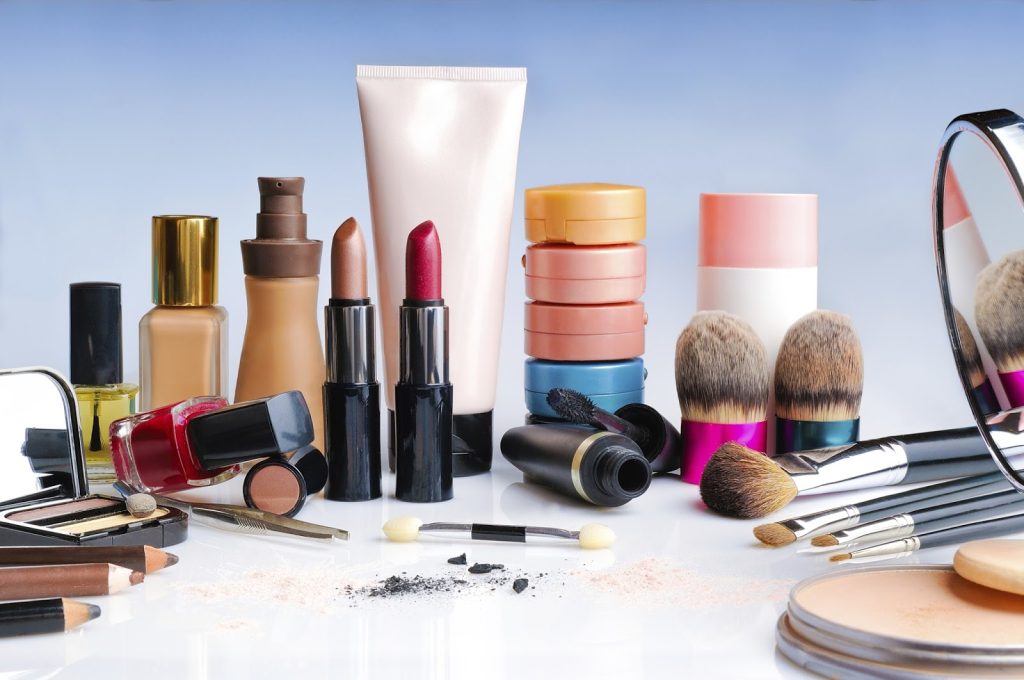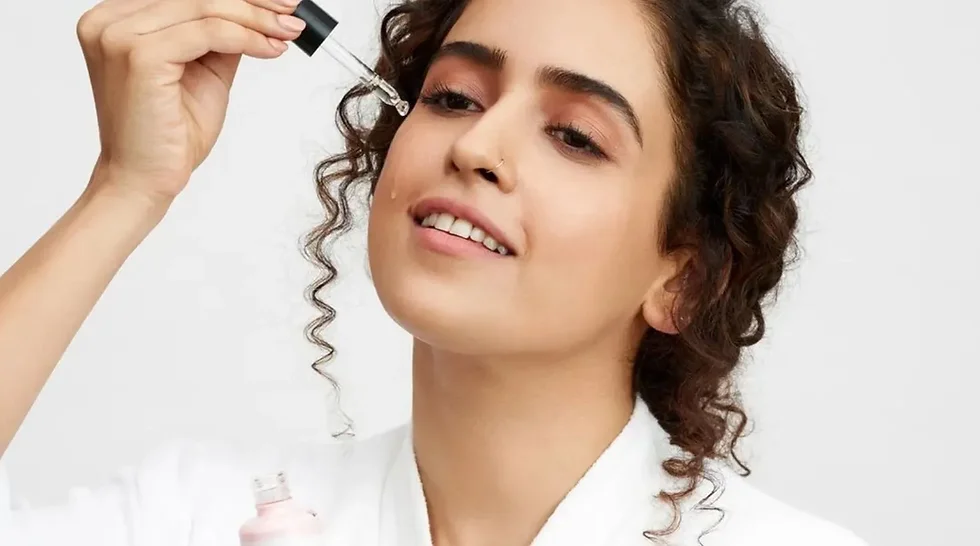
Introduction: The Rise of the Indian Cosmetics Market
India’s beauty and cosmetics market is experiencing a period of dynamic growth, driven by an increasing interest in personal grooming, changing beauty standards, and the influence of social media. The industry, previously dominated by a few major brands, is now more diverse, with homegrown brands, organic beauty products, and innovative offerings taking center stage. With the market expected to grow significantly in the coming years, both global and local brands are rethinking their strategies to meet the changing needs of Indian consumers.
In this blog, we’ll explore how the Indian cosmetics market is evolving, current trends shaping the beauty industry, and what these insights mean for brands and consumers alike.
A Snapshot of India’s Growing Beauty Industry
The Indian beauty industry has expanded rapidly over the past decade. According to recent market reports, the Indian cosmetics industry was valued at approximately $16 billion in 2022 and is expected to reach around $30 billion by 2025. Several factors contribute to this growth:
- Increased Disposable Income: With rising incomes, consumers are willing to invest more in beauty and personal care products.
- Digital Influence: Social media platforms and beauty influencers have brought a global perspective to Indian consumers, sparking demand for international brands and niche beauty products.
- Diverse Preferences: Indian consumers are embracing a wider range of beauty products, from makeup and skincare to organic and Ayurvedic options.
The market growth isn’t limited to urban areas. Smaller cities and towns, where awareness about beauty and grooming is growing, also represent a large consumer base for the beauty industry.
Key Trends Shaping the Indian Cosmetics Market
The Indian cosmetics market is undergoing several transformative shifts, driven by both consumer demands and technological advancements. Here’s a look at the key trends influencing this rapidly evolving sector.
1. Rise of Organic and Natural Products
Indian consumers are becoming more conscious of the ingredients used in their beauty products. With a cultural affinity toward natural remedies and Ayurvedic ingredients, there’s a strong demand for products labeled as organic, natural, or chemical-free.
Insight: Brands focusing on herbal or Ayurvedic ingredients, such as turmeric, aloe vera, neem, and sandalwood, are gaining popularity. Companies like Forest Essentials, Kama Ayurveda, and Biotique have carved out a niche by offering products that align with India’s traditional beauty secrets.
Future Implication: As consumers grow more health-conscious, brands that provide transparent ingredient lists and highlight the benefits of natural ingredients will continue to resonate with Indian buyers.
2. Digital-First Brands and E-commerce Boom
India has one of the largest populations of internet users, and the surge in online shopping has had a significant impact on the beauty industry. With e-commerce platforms like Nykaa, Amazon, and Flipkart leading the charge, beauty brands have more opportunities to reach consumers directly.
Insight: Digital-first brands are rapidly emerging, catering specifically to online shoppers with exclusive digital offers, influencer collaborations, and virtual try-on features.
Future Implication: As e-commerce penetration increases, especially in smaller cities, beauty brands that optimize their digital presence will find opportunities to expand their customer base and strengthen brand loyalty.
3. Emphasis on Inclusive Beauty
The Indian beauty industry has traditionally leaned toward fair skin tones, but today, inclusivity is becoming a top priority. With global movements emphasizing diversity and inclusivity, Indian consumers are calling for more options that cater to a broader range of skin tones and types.
Insight: Major players, such as M.A.C and Fenty Beauty, offer inclusive shade ranges that appeal to India’s diverse population. Indian brands are also catching up, with brands like Kay Beauty and Sugar Cosmetics offering products suitable for various skin tones.
Future Implication: Brands that prioritize inclusivity and cater to diverse beauty needs will likely build stronger connections with consumers. This trend aligns with a global shift toward celebrating individuality.
4. Personalization and Customization
Personalized beauty products and routines are gaining traction in India. Many consumers are looking for products tailored to their skin type, tone, and specific concerns, such as acne or pigmentation.
Insight: Companies are investing in technology to provide customized experiences. Brands like Clinique and SkinKraft offer personalized skincare solutions based on individual skin assessments.
Future Implication: With advancements in AI and machine learning, brands can leverage technology to deliver hyper-personalized beauty solutions. This approach enhances customer satisfaction by meeting unique beauty needs.
5. Men’s Grooming and Beauty Products
The grooming and personal care market for men has witnessed tremendous growth. Indian men are increasingly investing in skincare, haircare, and grooming products, indicating a shift toward self-care among male consumers.
Insight: Brands such as The Man Company, Beardo, and Bombay Shaving Company specifically cater to the needs of male consumers, offering everything from beard oils to skin moisturizers.
Future Implication: Men’s grooming will continue to expand as societal norms around male grooming evolve. Brands that address specific grooming needs for men can tap into this growing market segment.
The Role of Social Media and Influencers in India’s Beauty Market
Social media platforms like Instagram, YouTube, and Facebook have reshaped the beauty industry. Influencers play a crucial role in product recommendations, makeup tutorials, and brand promotions, driving trends and influencing consumer preferences. The popularity of beauty influencers has opened up new marketing opportunities for brands to reach their target audiences directly.
- Influencer Marketing: Collaborations between brands and influencers create an authentic connection with consumers. Influencers provide reviews and tutorials, helping brands gain credibility and visibility.
- User-Generated Content: Social media encourages consumers to share their beauty routines and product reviews, promoting brands through word-of-mouth marketing.
- Virtual Try-Ons and AR Integration: Some brands use augmented reality (AR) technology, allowing consumers to try on products virtually before making a purchase.
The integration of social media into beauty marketing strategies has enabled brands to keep pace with trends and create personalized consumer experiences.

Challenges Faced by the Indian Cosmetic Industry
While the Indian cosmetics market is growing, it faces some challenges:
- Regulatory Compliance: The Indian government has strict guidelines for cosmetic imports, safety standards, and labeling, making compliance crucial for both local and international brands.
- Counterfeit Products: The prevalence of counterfeit products is an ongoing issue that affects brand trust and consumer safety.
- Sustainability and Environmental Impact: As consumers become more environmentally conscious, there’s pressure on brands to adopt eco-friendly practices, such as sustainable packaging and cruelty-free testing.
Brands that address these challenges proactively by ensuring product authenticity, adhering to regulations, and prioritizing sustainability can enhance their credibility and appeal to ethical consumers.
The Impact of Technology and Innovation on the Indian Beauty Industry
Technological advancements are transforming the way beauty products are manufactured, marketed, and sold in India. Some of the notable innovations include:
- AI-Powered Product Recommendations: Artificial intelligence (AI) enables brands to suggest products based on consumer preferences, making shopping easier and more personalized.
- AR and Virtual Try-Ons: Augmented reality tools, such as those used by Nykaa and L’Oréal, allow customers to try on products virtually, enhancing the online shopping experience.
- Skin Analysis Tools: High-tech skin analysis tools provide insights into consumers’ skin types, helping them choose products that best suit their needs. This technology allows for greater personalization, which appeals to consumers seeking tailored beauty solutions.
By embracing technological advancements, brands in India’s beauty industry can provide a more engaging, customer-centric experience that enhances satisfaction and fosters loyalty.
Consumer Behavior and Preferences in the Indian Beauty Market
Indian consumers are not only looking for effective beauty products but are also becoming more selective about what they purchase. Here are some notable shifts in consumer behavior:
- Preference for Quality Over Quantity: With more disposable income, consumers are willing to invest in high-quality products that deliver results.
- Demand for Transparency: Indian buyers are increasingly interested in ingredient transparency. Many prefer brands that disclose ingredient lists and avoid harmful chemicals.
- Focus on Local and “Made in India” Brands: A growing sense of pride in local products has led consumers to support homegrown brands. Brands that emphasize their Indian origin, such as Lotus Herbals and Just Herbs, resonate well with this audience.
The shift in consumer priorities highlights the importance of quality, transparency, and authenticity in building brand loyalty.
Future Outlook: What’s Next for the Indian Cosmetics Market?
The Indian cosmetics market is poised for substantial growth, with projections indicating an expanding consumer base and evolving preferences. Here’s what the future might hold:
- Sustainable Beauty: Eco-friendly products and sustainable packaging will become standard as consumers continue to prioritize environmental responsibility.
- Expansion into Tier II and Tier III Cities: With increased internet penetration, smaller cities and towns will contribute to the market’s growth. Brands that cater to these areas can gain a strong foothold in underserved markets.
- Health and Wellness Integration: Beauty brands may incorporate health and wellness elements into their products, such as skincare with vitamins, minerals, and antioxidants, merging beauty with overall wellness.
- Innovative Product Formats: The demand for convenient, travel-friendly, and multipurpose beauty products is expected to grow. Brands that offer innovative formats, like solid skincare bars and on-the-go kits, will cater to a busy, modern consumer.
Conclusion: Embracing Change in the Indian Cosmetics Market
The Indian cosmetics industry is in an exciting phase, with evolving trends, a
